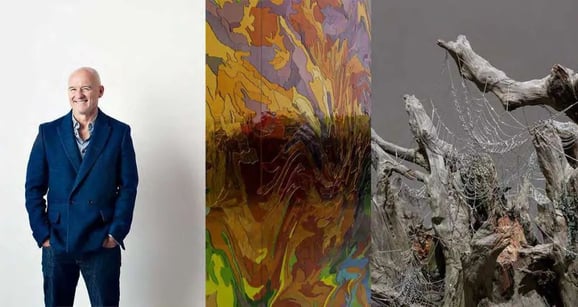Alexander Calder’s abstract mobiles represent a captivating fusion of art and kinetic motion, highlighting the interplay between form and space. These intricate sculptures invite viewers to engage with their dynamic movement, sparking curiosity and contemplation. Understanding Calder’s work unveils the innovative spirit of modern art and the ways it challenges conventional perceptions of sculpture.
The Concept of Motion in Art
Calder’s mobiles are distinctive for their ability to incorporate movement into their very essence. By utilizing balanced shapes and lightweight materials, he creates sculptures that respond to air currents, encouraging a lively interaction with their environment. This incorporation of motion not only enhances the aesthetic appeal but also invites viewer participation, as each shift in position offers a new perspective and experience of the piece.
The Artistic Techniques Behind Mobiles
Calder employed various techniques to achieve the mesmerizing quality of his mobiles. He often used metals such as brass and aluminum, which allowed for both durability and flexibility. His approach to color was equally innovative; Calder employed bold hues to infuse energy into his pieces, ensuring that the visual impact remained strong even in motion. The careful juxtaposition of shapes, colors, and movement leads to an ever-changing visual narrative that captivates audiences.
Cultural Impact and Legacy
Calder’s abstract mobiles played a significant role in redefining perceptions of sculpture in the 20th century. They not only challenged the norms of static art but also paved the way for future generations of artists to explore kinetic art and multimedia installations. Calder’s work transcends mere aesthetic enjoyment; it invites philosophical inquiries about art’s role and its relationship with the viewer’s experience, a legacy that continues to inspire creativity across disciplines.
Exploring Alexander Calder’s abstract mobiles unveils a fascinating world where art interacts with the physical environment and the audience. These works stand as a testament to creativity and innovation in art, urging us to look closer and appreciate the connections between movement, perception, and imagination. Dive deeper into the world of kinetic art and discover how it continues to influence the modern artistic landscape!


